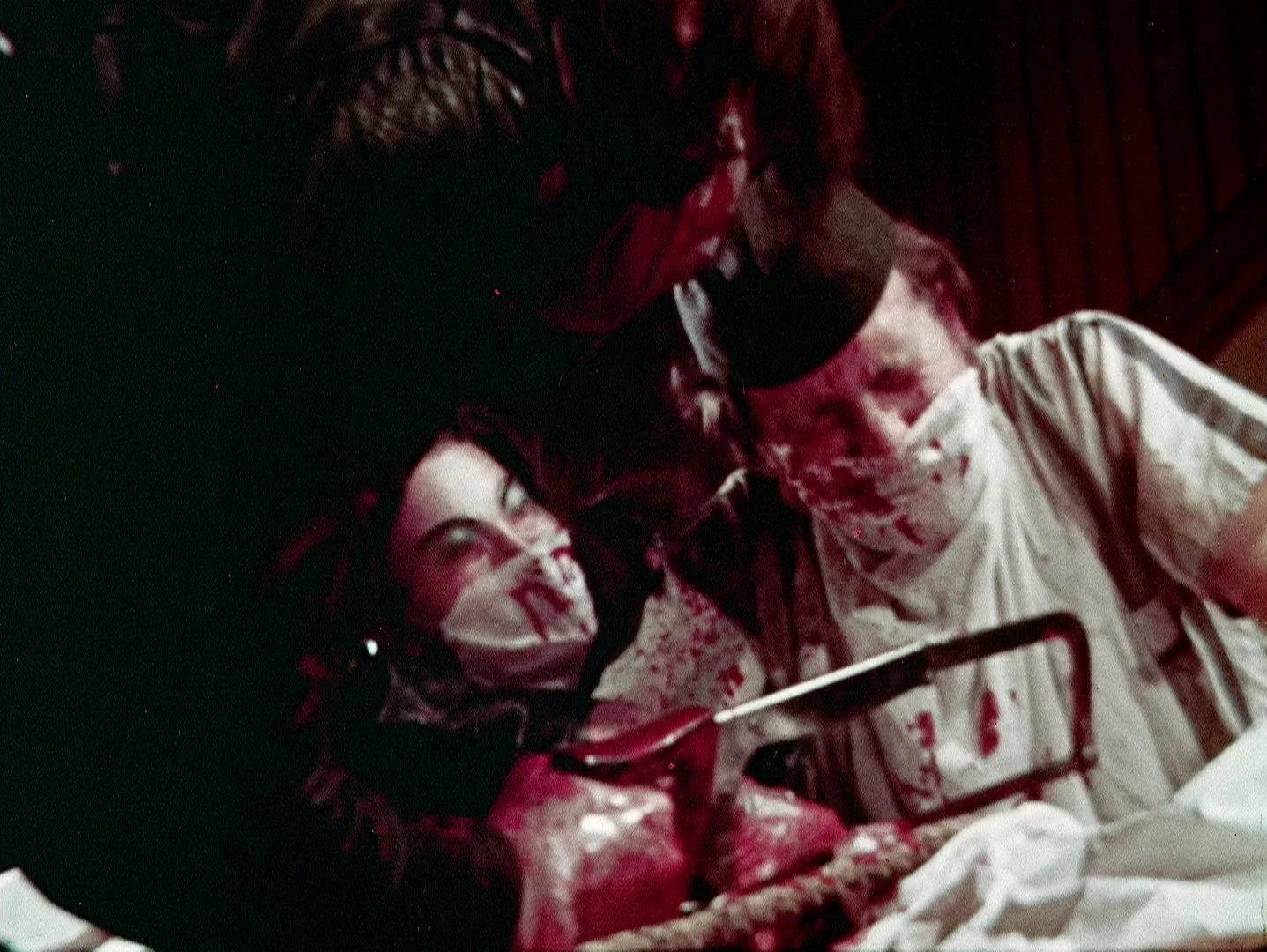#82: Last House on Dead End STreet
Release Date: May 6th, 1977
Format: Streaming (Tubi)
Written by: Roger Watkins
Directed by: Roger Watkins
2.5 Stars
I’ve made it to my 82nd review and I don’t think I have yet laid out my movie review criteria. It’s nothing novel from many reviewers I’d imagine, but I look for:
How realized the movie is (or put another way, the filmmaker’s ability to execute what I think their vision is)
The film’s impact (how much does the movie stick to my consciousness?)
The film’s build quality (do the film’s technical aspects work?)
And finally, the movie’s ability to add up to a sum greater than its parts (that elusive magic that some films seem to have)
Now, do I explicitly rate each of these categories for each movie I watch? Absolutely not. I’m not even sure how truthful my list is. I think it’s true, but I’ve never written it out until just now.
I actually prefer to follow the philosophy of boxing announcer and historian Max Kellerman who, when scoring a round of boxing, doesn’t explicitly consider the four hallmark traits of effective aggression, ring generalship, defense, and clean shots landed, but instead prefers to simply think of which fighter he’d have rather been in the previous round, and that’s who he gives the round to. Simple.
When assessing a movie, I like this holistic approach, but it can sometimes lead to some unexpected results. Sticking with my boxing analogy, Last House on Dead End Street would be a fighter who comes to the ring smoking a cigarette, wearing the borrowed bloodied trunks from a guy who lost a fight earlier in the night. When the round begins, it plods around the ring in an unorthodox style; it’s an ugly fighter, but as the round continues, you can’t help but notice the fear in the opposing fighter’s eyes. Last House on Dead End Street takes loads of punches, far more than it lands, but it seems unbothered (and maybe even likes it). By the end of the round, it’s got its opponent backing up, wishing desperately for the bell to ring. It may have looked ugly, but that’s a 10-9 round for Last House on Dead End Street.
It’s a disgusting movie, with gore and violence and unappealing sex and nudity, on a print that looks like it was dragged across a strip mall parking lot. But as it plays, you can’t help but notice the artistry in the visuals; that the unfamiliar, unphotogenic cast lends a verisimilitude that would be ruined by a better known (and simply better) cast; that the minuscule budget actually works for the picture’s effect, not against; that the script might have some ideas behind it.
How meta is Last House on Dead End Street? It seems to relish in its debauchery and pushes the viewers’ faces in it, but in an early scene, one of the pornographers in the movie complains that his wealthy clients are too difficult to please. Their tastes have become gluttonous, and he hates what he has to do to satisfy them. Is Last House on Dead End Street a commentary on the deadening of our sexual arousal? Is it a critique of our lost humanity? I think it is.
Of course, with a reported $3,000 budget, expect lots of productional shortcuts. And writer/director Roger Watkins coincidentally lands in the same stylistic space as Tobe Hooper’s Texas Chainsaw Massacre, which was produced roughly at the same time as Last House on Dead End Street, and which is a much more well-executed movie. So I’m not saying that Last House on Dead End Street is some unheralded masterpiece, and everybody should run out and see it. It’s an ugly movie dealing with ugly themes.
But like that brutish, unknown fighter that’s mocked on his way to the ring, there’s a violent effectiveness there that’s best not to overlook.
